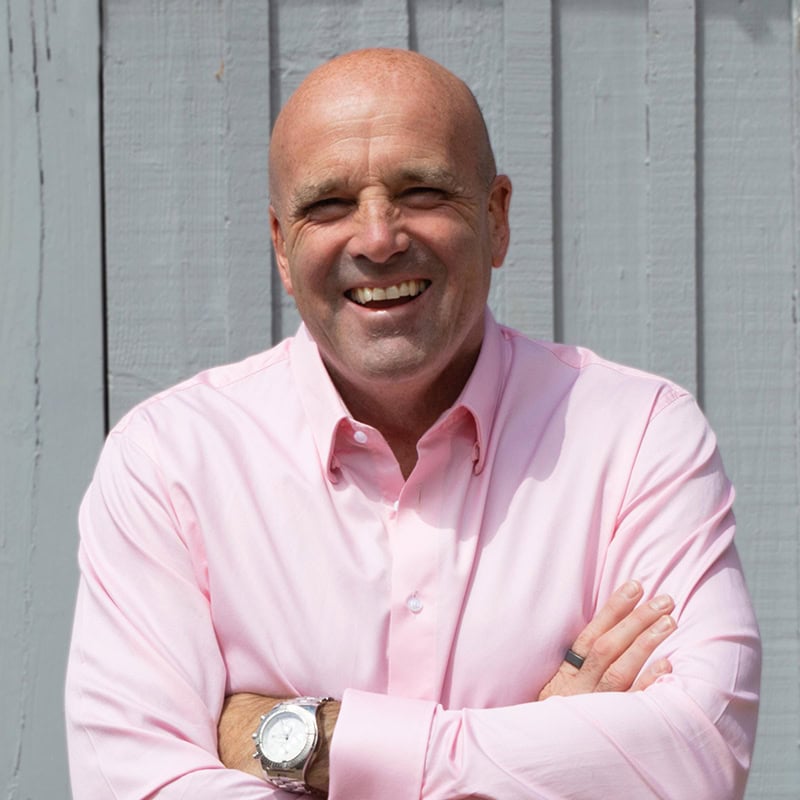Stories and legends – they’re everywhere at this time of year. Cards, advent calendars, school nativities, carols – they all tell a Christian story that’s at the heart of the cultural celebration of Christmas. Whether you believe in them or not, religious stories are designed to encourage shared values and a sense of right and wrong. They give people a cultural identity, binding them together in a common purpose and a feeling of belonging.
In the same way, stories and legends can make or break the culture of a business. Get them right and they are really powerful. They can strengthen bonds, motivate and engage staff like nothing else. Get them wrong and they can be catastrophic, breeding negativity, dissatisfaction and toxicity through-out your business.
Build your cultural brand
What’s interesting to me is the way business leaders can influence stories and legends to create the kind of culture they want. It’s something that I look at with my clients. I ask them to imagine they’re creating a brand. Like Coca-Cola or Virgin. Those brands have instant recognition. You instinctively know what they mean. It’s almost a mental shortcut – in a nanosecond, you make a decision based on what you know.
These brands are built on a clear sense of purpose and direction. You have to be deliberate about this. Where are we going, what are we doing? What is the culture we want to achieve? What do we believe in?
In his book ‘Employees First, Customers Second’, Vineet Nayer talks of cultures having ‘believers’, ‘non-believers’ and ‘fence sitters’. To be successful at changing cultures, businesses need to build critical mass around the believers. Fence-sitters will then join the believers and the non-believers will leave. Everyone’s pattern of behaviour needs to be the same. And to do this, you need to be clear on your common goals, purpose and BHAG.
Once you have this, your business culture will start to create a positive, instinctual reaction in your staff. This has to be learned before it becomes innate. It’s like driving a car. It takes hours of lessons and practice before it becomes hard-wired into the subconscious. By creating heroes, myths and legends in your business, you can begin to educate and guide your staff, modelling the type of behaviour that you want to see in your organisation.
Elevate your heroes
Every good story needs a hero. And you can decide who that person is and make sure they’re properly recognised for their efforts.
At Peer 1, we had a number of people who stood out for their incredible work ethic. They’d win employee of the month, quarter and year for outstanding contribution. One guy, Larry, was working on a project for our client, the British Red Cross. They were in the process of moving from one data centre to another. A massive typhoon hit Indonesia and they immediately launched an appeal. The next day was set to be the busiest for donations so a planned software change needed to be moved to 3am to cause minimum disruption. The software vendor refused to do this, saying they only worked 9 to 5. But Larry valiantly came to the rescue, saying ‘Teach me how to do it and I’ll make it happen.’ Sure enough, he got up at 3am and sorted the issue. Amazing dedication which had a direct impact on people in desperate need. Larry the living legend!
When I’m helping clients to codify their values, I like to use Jim Collins’ exercise ‘Mission to Mars’. In this, you identify the heroes from your company that you’d send to Mars. They need to represent the DNA of your organisation. Their behaviour should embody the very best of your business. If your whole team agrees this, you can then define the behaviours that you value.
This then enables you to identify and attract the people who want to make a difference. Larry wanted to work for a company like Peer 1. It meant he could scratch his itch. We were perfect for people that wanted to do more.
Reward with social currency
The nobel prize winning psychologist, Daniel Kahneman did some ground-breaking work on the way memory gets laid down. If there’s an emotion associated with an event then that’s what you remember. In the same way, there needs to be emotion attached to any prize or reward you give to the heroes in your business. It needs to mean something at a deeper level.
This ‘social currency’ is more important to most people than financial reward. Public recognition and genuine appreciation go a long way. Nothing beats applause from colleagues and the sense of your status being raised amongst your peers. And conversely, if you give rewards without social currency, then there’s often little value attached to them and they won’t reinforce the right culture. In fact, it can lead to bad feeling, toxic gossip and general negativity. Reward, behaviour and culture are all out of synch.
Create positive stories
To create a strong culture, doing the right thing needs to become second nature. At IT Lab, we’d get buy-in from our front-line team leaders to help us create positive stories. At meetings, we’d ask them to stand up and lead discussions. They’d always begin with a good news story where they’d anoint a hero. Someone from a different team who’d been very helpful. Saying thanks in public and singling people out can be very positive for team building.
Even stories of mistakes can be turned into positives. We used to have an award for ‘Cock-up of the month’. We’d encourage teams to share embarrassing moments – both working and personal. This instantly built rapport and was a very good sign when people felt able to share. We all took part in it, from the most senior staff to the most junior. It meant we’d created a culture where there was psychological safety and trust. I’ll never forget winning it for launching my rib into a river in Lymington with a flat battery. Took me quite a while to live that one down!
At IT Lab, one of the first things we’d do with new staff is bunch them into a group and send them out into the local community. They were given money and told to commit an act of random kindness. They’d then come back and tell people what they’d done. Their stories of shared, positive experiences made everyone feel good and encouraged team bonding. It also said a lot about the sort of organisation that they’d joined.
Challenge the villains and defeat negativity!
You’ll often find people in companies that have high levels of social currency but are negative, creating an orbit of despair around them. These can be toxic members of staff that superficially perform well but are super-negative. Perhaps they’re a senior network engineer with zero emotional intelligence but, because they have specific knowledge, they’re tolerated. It’s vital to confront this, discuss it and ask them to stop. If allowed to continue, it says to other staff that it’s ok to behave this way. Myths can build around them. Do they have incriminating evidence on the CEO? Why are they allowed to get away with it?
If these negative people refuse to change, you need to get rid of them. This sends a clear message to other staff and ensures the ‘fence-sitters’ get off the fence. It also creates a mythology around you – you become known as a strong leader who’s not afraid to take action.
It’s amazing how negative stories can become entrenched in the collective memory of a business. Also the feeling that ‘We’ve always done it this way, so why change?’ It reminds me of a BBC report on some red deer that, 25 years after the elimination of electric fences, would still not cross that area. They seemed intent on maintaining the old boundaries. In the same way, cultural behaviours become embedded in organisations, making them hard to shift.
Stories are one of the most powerful emotional currencies we humans possess. They move people to feel and they move people to act. Use them correctly and they become a powerful tool for managing business culture and increasing commitment from staff. And once you’ve cracked this, your business can scale up and grow into its own big success story.
Written by business coach and leadership coaching expert Dominic Monkhouse. Contact him to schedule a call here. You can order your free copy of his book, Mind Your F**king Business here.

